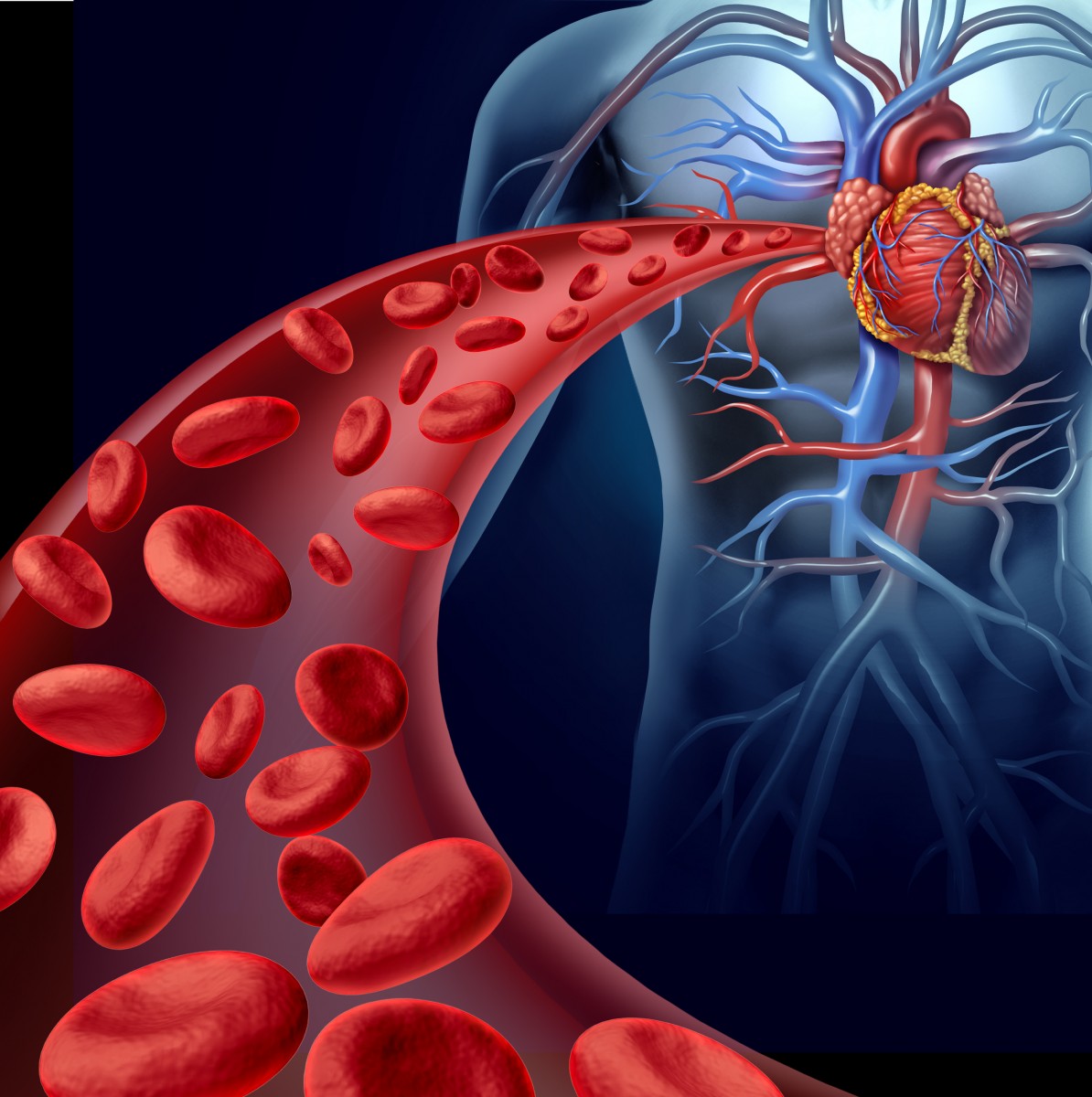Children with Sickle Cell Anemia at Higher Risk of Stroke, Brazilian Study Reports
Written by |

Lightspring/Shutterstock
Researchers in Brazil failed to find any genetic determinants for incidents of stroke in children with sickle cell disease (SCD), although their findings did suggest that SCD boys and those with sickle cell anemia were most at risk. The study, “Genetic determinants and stroke in children with sickle cell disease,” was published in Jornal de Pediatria.
Sickle cell is the most common hereditary disease in Brazilians of African descent, and some 700 to 1,000 children born in Brazil each year have SCD. The disease’s most common type is sickle cell anemia (SCA), caused by a single mutation in the β-globin gene.
Stroke, a severe complication of SCD, is thought to a cause of death in some 20 percent of SCA patients. “According to the Cooperative Study Group in SCD, the overall incidence of the first stroke was 0.08 acute events/100 patients/year in children under 2 years; 0.75 in patients between 2 and 5 years of age; 0.55 between 6 and 9 years of age; 0.30 between 10 and 19 years; and 0.45 between 20 and 29 years,” the authors wrote.
Depending on regions, some studies suggested an association between stroke and particular genetic markers but other showed inconclusive results.
A total of 110 children diagnosed with SCD through screening by the Neonatal Screening Program between the years 1998 to 2007 were included in the study. The children were being followed at a regional reference public service for hemoglobinopathies and were examined through variable parameters, such as the gender, type of hemoglobinopathy, stroke, and genetic markers like alpha thalassemia (α-thal) and beta globin chain cluster.
SCA was found in 60 percent of the children evaluated. The presence of α-thal, responsible for reducing the levels of produced hemoglobin, was recorded in 30.3% of the children, and the genetic marker Bantu haplotype (CAR) was identified in 89.2%. Stroke incidents were found to be particularly high in patients with SCA and those of male gender. But no particular association linked stroke incidents to socioeconomic factors or the genetic markers α-thal and CAR haplotype.
“The incidence of stroke was significantly higher in children with SCA and males. The analysis of the coexistence of α-thal and haplotypes in this study showed no correlation in the genesis or prevention of stroke. The heterogenicity between previously assessed populations, non-reproducibility between studies, and the need to identify factors associated with stroke in patients with SCA show the importance of new studies, considering this pathology is the most prevalent monogenic disease in the world and a matter of public health concern,” the researchers concluded.





